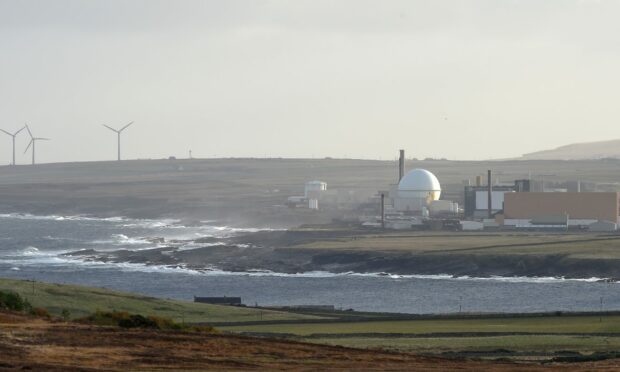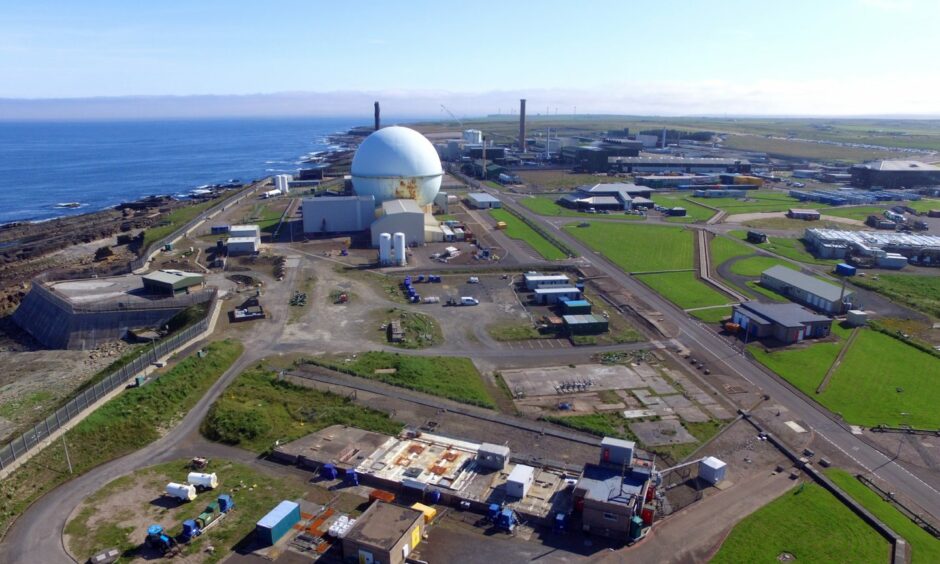New UHI research is to be carried out into tiny fragments of radioactive waste flushed into the sea from Dounreay nuclear power plant 40 years ago.
Sand-sized particles of irradiated nuclear fuel got into the plant’s drainage system in the 1960s and 1970s.
Work to clean up the particles began in the 1980s, after fragments were found washed up on the nearby foreshore.
‘A difficult environmental problem’
Dounreay’s operator is funding the research by the University of the Highlands and Islands (UHI).
The UHI environmental research institute in Thurso, near Dounreay, said the research would “explore a difficult environmental problem”.
Iain Darby, Dounreay’s senior environmental specialist, said: “Over the years we have been involved in a great deal of research into the way the particles behave, and we are able to make predictions about the numbers of particles in the marine environment, and where we expect them to be found.
“However, this is an extremely important area of research for the site as we must demonstrate to the Scottish Environment Protection Agency that the issue continues to be managed in an appropriate way.”
Dounreay, an experimental nuclear power complex dating back to the 1950s, is in the process of being decommissioned at a cost of £3.2bn.
Its operator, Dounreay Site Restoration Limited, said an important part of the work to close down the site was to “address the legacy” of the radioactive particles that wash up on nearby beaches.
Hundreds of particles have been found and removed since the 1980s, and monitoring work still continues.
One of ‘most complex’ decommissioning jobs
Ten years ago, a remotely operated vehicle was used to recover fragments from the seabed off Dounreay.
The world’s deepest nuclear clean-up of an infamous radioactive shaft at the site is also underway.
The 214ft shaft at the former nuclear establishment was packed with radioactive waste and at least 2kg of sodium and potassium.
Now the higher activity waste must be retrieved and repackaged, suitable for long-term storage in a safe modern facility.
“Retrieving the waste from the shaft is one of the most complex decommissioning jobs that the site must complete, and innovative concept designs evaluating the techniques and equipment to be used for removing and processing the waste have been developed over the last decade,” said the Nuclear Decommissioning Authority.

